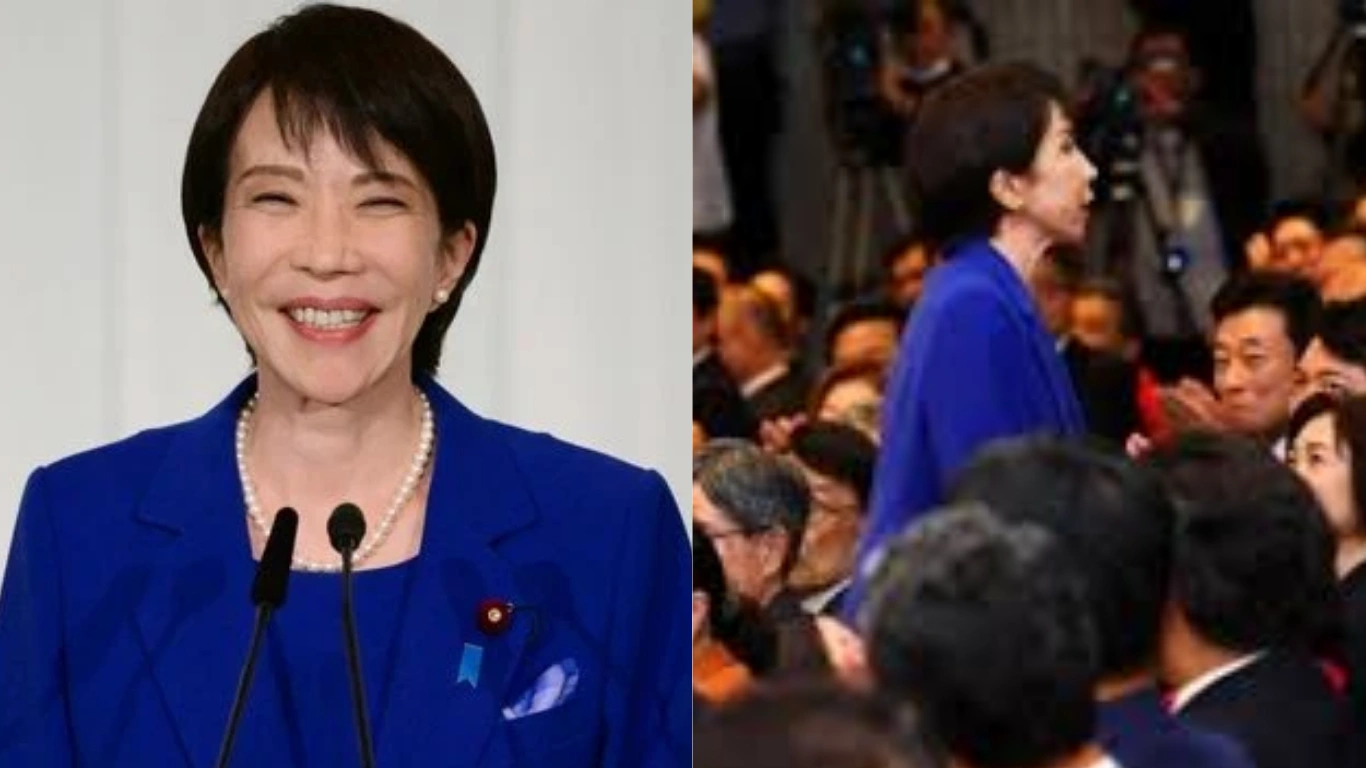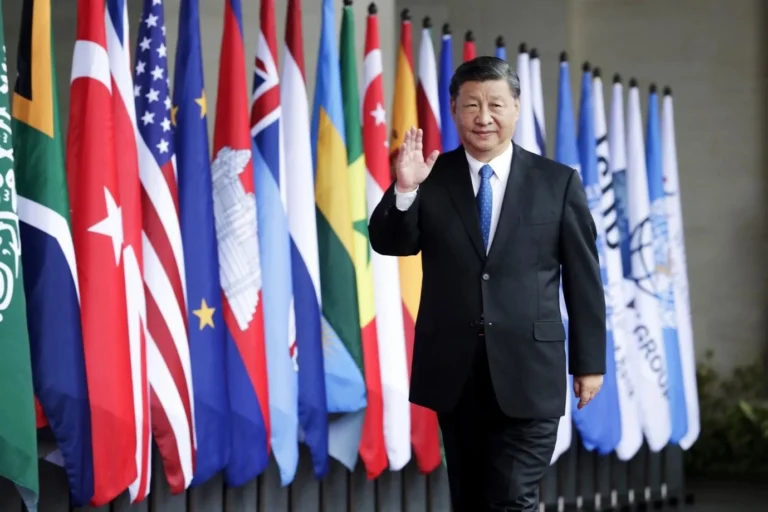Right-wing Sanae Takaichi set to become Japan’s first female PM

Right-wing Sanae Takaichi set to become Japan’s first female PM
Sanae Takaichi just pulled off something historic and controversial. Japan’s ruling Liberal Democratic Party picked her as its new leader, which means she’s all but guaranteed to become the country’s first female prime minister. For Japan, where politics has been overwhelmingly male for decades, that’s a big deal. But Takaichi isn’t exactly a progressive trailblazer. She’s one of the most conservative figures in Japanese politics, and her rise says as much about where the LDP stands as it does about her personally.
Takaichi, 64, edged out Shinjirō Koizumi in the party vote, taking 185 votes to his 156. The LDP still controls the most seats in parliament, so her confirmation as prime minister later this month is basically a formality. The timing is rough, though the party’s been reeling from economic troubles, political scandals, and a serious loss of public trust. The outgoing leader, Shigeru Ishiba, left behind a bruised organization, and many voters are frustrated with rising prices and stagnant wages.
Takaichi’s supporters see her as tough and disciplined, someone who could bring order back to a shaky party. She’s a protégé of the late Shinzo Abe and often compares herself to Margaret Thatcher, which tells you a lot about her political style. She’s promised to keep parts of Abe’s economic playbook alive things like monetary easing and government spending but she’s also talking about crisis management investment, pouring money into strategic industries like AI, semiconductors, and defense.
Her social views, though, are where things get complicated. Takaichi has consistently opposed same-sex marriage and legal changes that would let married couples use different surnames. She’s also against letting women ascend to the Chrysanthemum Throne. During her campaign, she promised a cabinet with “Nordic-level” gender balance, which raised some eyebrows given her track record.
Also read: Morocco set for fresh protests as PM urges ‘dialogue’
Foreign policy is another area where she stands out it is not in a way that will necessarily make Japan’s neighbors happy. She’s been clear about wanting to revise Japan’s pacifist constitution to give the military more freedom, and she’s unapologetically hawkish on China while being openly pro-Taiwan and strongly pro-U.S. alliance. Her regular visits to Yasukuni Shrine where Japan’s war dead, including convicted war criminals, are memorialized have already sparked backlash in the past.
There’s a strange duality to her moment that she’s breaking Japan’s highest political glass ceiling, yet she’s doing it from a deeply conservative stance. A lot of people, especially women’s rights advocates, are skeptical that her leadership will actually improve gender equality in any meaningful way.
Still, it’s a historic moment. Japan’s never had a woman at the top, and for many, that alone feels like a step forward. But the bigger question is what her premiership will represent real change, or just a symbolic one wrapped in nationalism and nostalgia for a stronger Japan.












